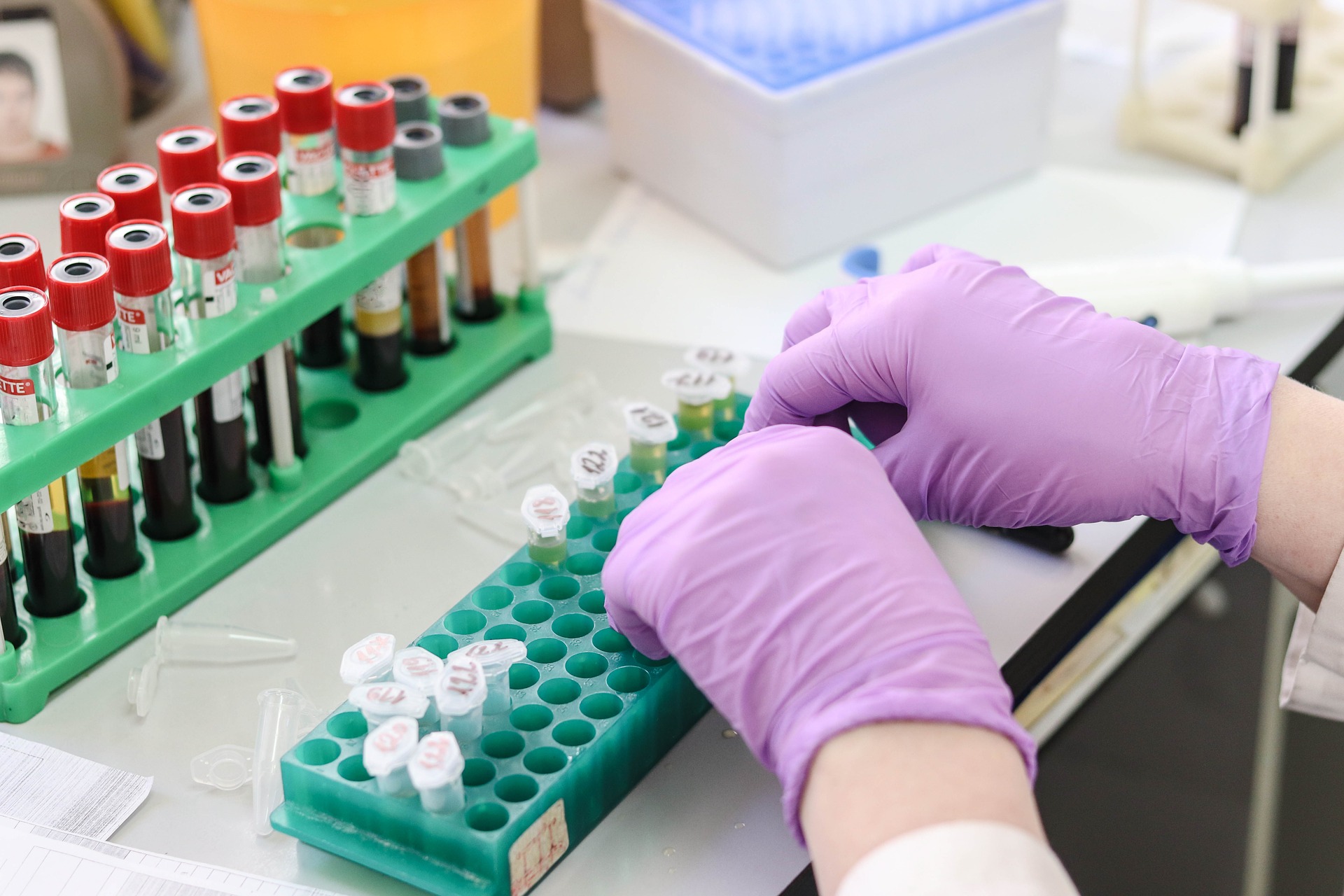Greater oro-sensory exposure (OSE) increases insulin responsiveness. In contrast, pancreatic polypeptide responses are stronger when OSE is reduced and the eating rate (ER) is fast. Insulin and PP responses may mediate the independent effects of OSE and ER on food intake. These may be beneficial eating strategies, particularly for type 2 diabetic patients, to control food intake and maintain glucose homeostasis.
Lasschuijt, M., Mars, M., de Graaf, C., Smeets, PAM. (2020). How oro-sensory exposure and eating rate affect satiation and associated endocrine responses – a randomized trial. The American Journal of Clinical Nutrition, nqaa067.
Background
Longer oral processing decreases food intake. This can be attributed to greater oro-sensory exposure (OSE) and a lower eating rate (ER). How these factors contribute to food intake, and the underlying physiological mechanisms, remain unclear.
Objectives
We aimed to determine the independent and simultaneous effects of OSE and ER on satiation and associated endocrine responses.
Methods
Forty participants in study 1 [mean ± SD age: 24 ± 4 y; BMI (in kg/m2): 22 ± 2] and 20 in study 2 (mean ± SD age: 23 ± 3 y; BMI: 23 ± 2) participated in a 2 × 2 randomized trial. In both studies, participants ate chocolate custard with added caramel sauce (low OSE) or caramel fudge (high OSE) and with short (fast ER) or long breaks (slow ER) in between bites, until fullness. In study 2, endocrine responses were measured during the meal.
Results
In study 1, participants ate (mean ± SEM) 42 ± 15 g less in the slow- than in the fast-ER condition, only within the high-OSE condition (P = 0.04). In study 2, participants ate 66 ± 21 g less in the high- than in the low-OSE condition and there were no intake differences between slow and fast ER (P = 0.35). Eight minutes after starting to eat, insulin concentrations increased by 42%–65% in all treatments compared with the control. At the end of the meal, insulin concentrations were 81% higher in the high-OSE, slow-ER than in the low-OSE, fast-ER condition (P = 0.049). Pancreatic polypeptide (PP) increased by 62%, 5 min after meal onset in the low-OSE, fast-ER condition (P = 0.005). Ghrelin concentrations did not change.
Conclusions
Greater OSE increases insulin responsiveness. In contrast, PP responses are stronger when OSE is reduced and ER is fast. Insulin and PP responses may mediate the independent effects of OSE and ER on food intake. These may be beneficial eating strategies, particularly for type 2 diabetic patients, to control food intake and maintain glucose homeostasis.
This trial was registered at trialregister.nl as NL6544.

